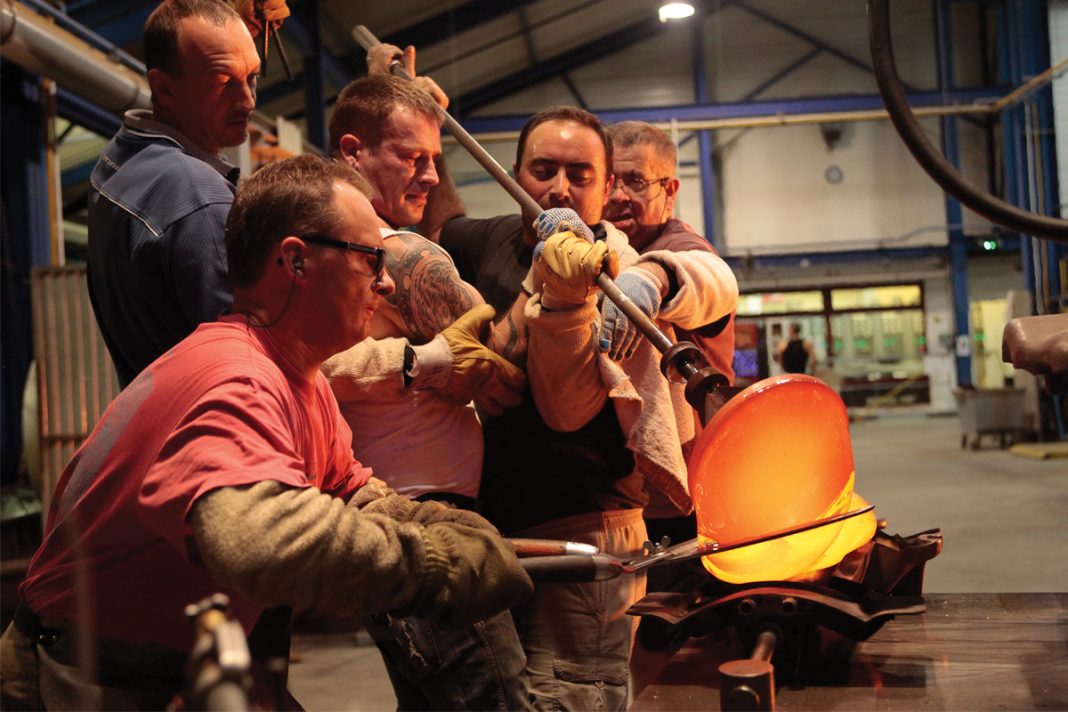Words: Miriam Methuen-Jones
IF you’re a serious collector of crystal, a piece by Lalique is likely top of your wishlist.
The French maker has a reputation for excellence in both design and craftsmanship. In fact, seven of the team who work in its Alsace factory have won the title of Meilleur ouvrier de France (best craftsman in France).
It’s no wonder, then, that the limited number of pieces produced each year by Lalique’s only factory are fiercely coveted.
It wasn’t always crystal, though: René Lalique, who’d begun his career as a goldsmith’s apprentice, started the business in 1885 at the age of 25, taking over a jeweller’s workshop and quickly achieving recognition for his bold designs.
Unlike other makers at the time, who were focused on creating lavish pieces dripping with precious stones, René favoured a more unique approach. He chose materials based on their beauty and harmony rather than their price, combining gold with enamel, glass and semi-precious stones.
He gained recognition as a creative and unusual artist, eventually catching the eye of perfumier François Coty in 1907.
A collaboration blossomed, with René creating glass designs for the perfume sector and moving away from the world of jewellery. His imaginative bottles became affordable works of art.

After almost two decades enchanted by the glass, René founded a glassworks at Wingen-sur-Moder in Alsace (this part of eastern France was already steeped in glassmaking tradition), which is still the site of Lalique’s factory a century later.
After René’s death in 1945, his son Marc switched production from glass to lead crystal. Today, the company continues to benefit from René’s passion, with most new crystal designs still closely relating to the founder’s three main themes, women, flora and fauna, and still influenced by his love for Art Nouveau.
Working with glass is, of course, a delicate and complex process.
One in three pieces fail, and each piece of crystal may go through as many as 40 separate stages from start to finish. The high demands of the job means it takes between five and ten years to train as a Lalique craftsman.
The melting crystal can reach 1,400ºC, some pieces weigh over 40kg, and the intricacy of each design requires an incredibly steady hand – to say nothing of nerves of steel when you see the price of the piece you’re working on.
![An archive shot on board the Orient Express, which features decorative panels created by René Lalique for the interior of the train. [Bottom right] A closer look at one of the panels, a design entitled Femme tête levée. It is still in production today](https://homesandinteriorsscotland.com/wp-content/uploads/2022/02/3-1-scaled.jpg)
Sadly, but understandably, the busy factory is not open to the public.
Today, 137 years since his business was founded, René Lalique’s eye for beauty and his unparalleled skill mean his name remains synonymous with the finest artistic tradition.





